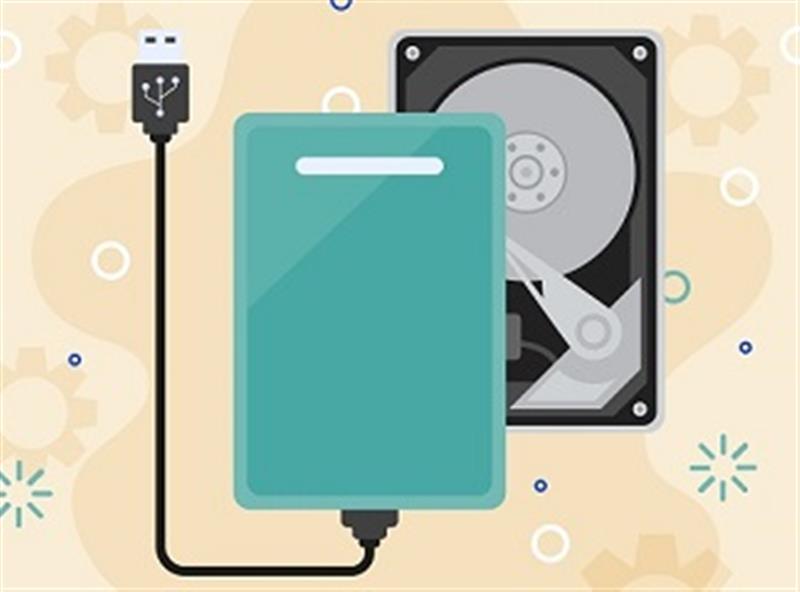
HDD to SSD Upgrade Guide
Whenever we do a wilful upgrade of computer hard disk, there are some key important points that needed to be checked before proceeding. Here is an exhaustive list of checks ✔️ to be made so that all your data is safely migrated from old hard drive to new hard drive. This guide will be helpful to all those who are upgrading their normal HDD to SSD for performance enhancement. Since upgrading to SSD has become an obvious choice because SSD have now become affordable as compared to when these are newly launched. Normal HDD offers a data transfer speed of 150 - 180 MBPS while SSD offer data transfer speed of 550 MBPS. So an SSD upgrade will improve the speed of computer 3 times. We are considering a complete swap of hard disk not additional hard disk.
Let's explore the checkpoints:
- Create a window installation media pendrive.
- Synchronise all those software which store their data in cloud servers so that data is not lost in fresh install of that software. Example mendeley, Google drive, one drive,
- Buy an external HDD case to use internal HDD as external hard drive and transfer data later.
- Backup all your projects data which are present in C drive. Examples can be Visual Studio projects, pycharm projects, pycharm project python library required.
- Backup licence keys if any.
- Backup password stored in browser like chrome, firefox or Microsoft edge.
- Create list of software to be installed after installing fresh window.
- Check your window license key, will your window be activated automatically from the key printed on your motherboard or you have bought the key separately.
- Backup all MSSQL Server database.
Why we need to upgrade from HDD to SSD
Most hard disk that come bundled in our laptop or desktop computer have an RPM of 5400 or 7200. These RPM decide the access of stored data in sequence so more the RPM more will be speed of hard disk. Data acces speed of computer hard disk is calculated in terms of Megabytes per second (MBPS). A normal 5400 RPM hard disk has access speed of approximately 75 MBPS and 7200 RPM hard disk has speed of 80 to 160 MBPS.
These slow access to data make the computer processing slower and it iakes time to open a simple web browser.
On other hand, SSD does not have any rotation movement in it and also have higher speed between 500 to 550 MBPS. This increase in speed increase the speed of computer 3 to 4 times when compared to normal HDD. So a simple change of hard disk will enhance the performance of laptop or desktop computer tremendously.
Image by Freepik

This work is licensed under a Creative Commons Attribution-NonCommercial-ShareAlike 4.0 International License.















